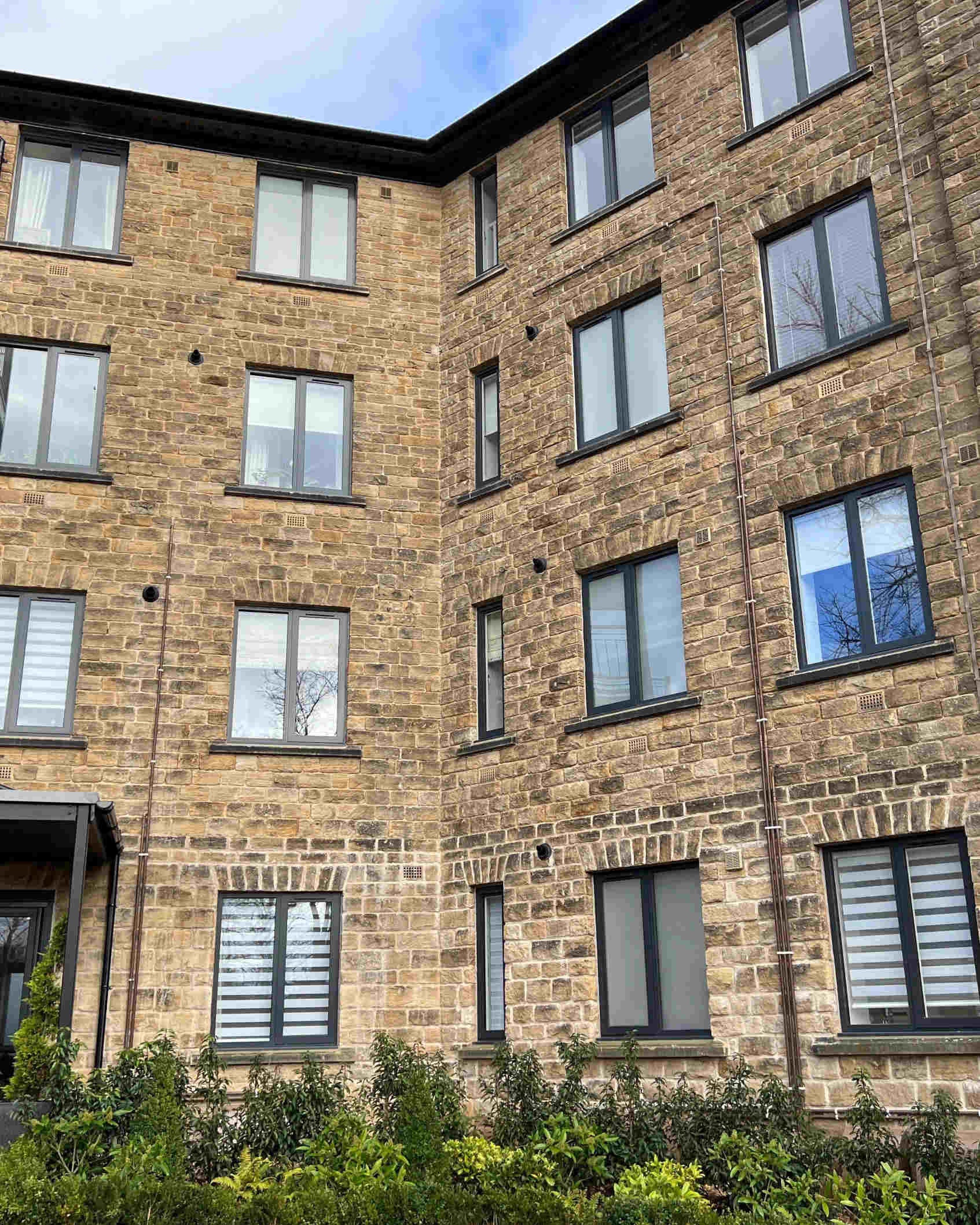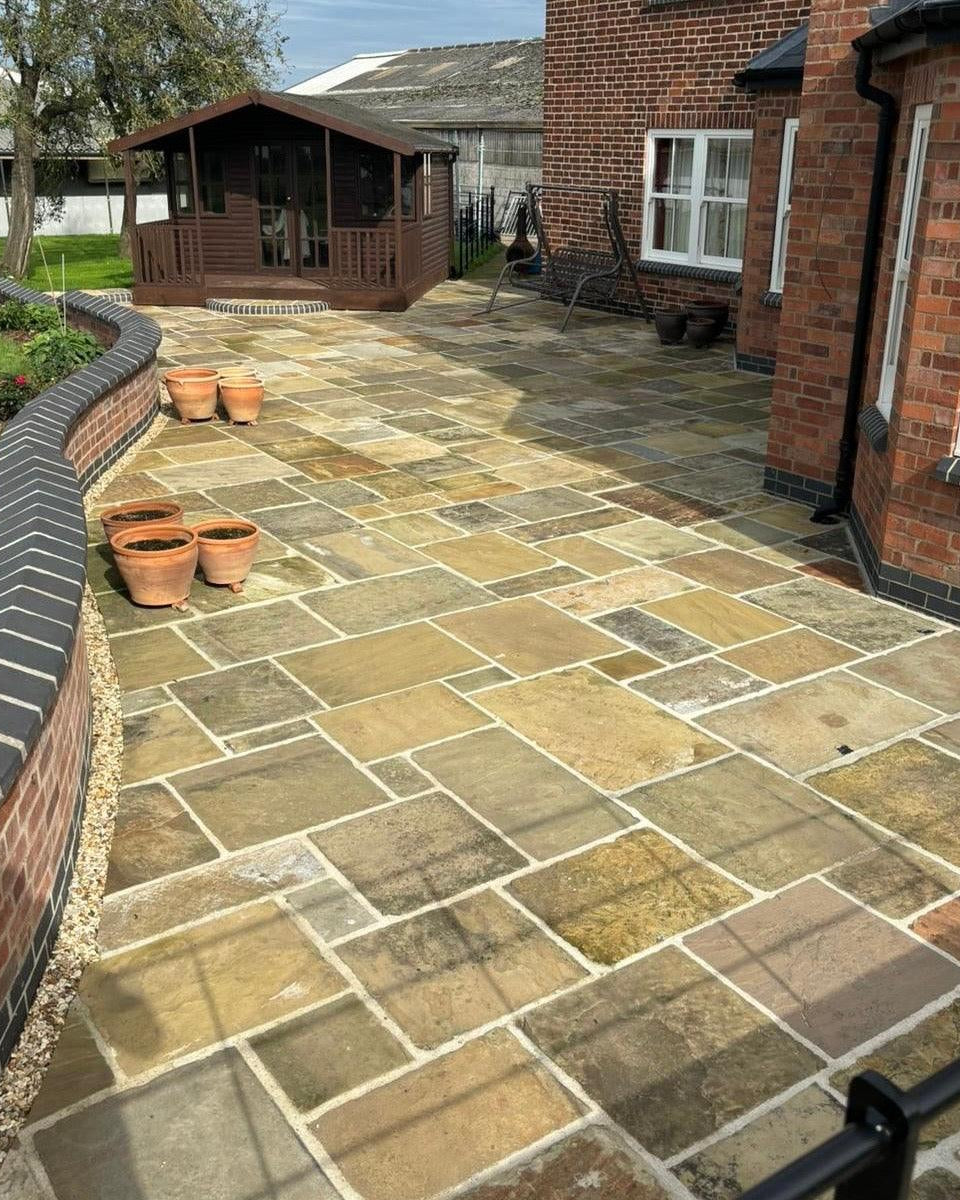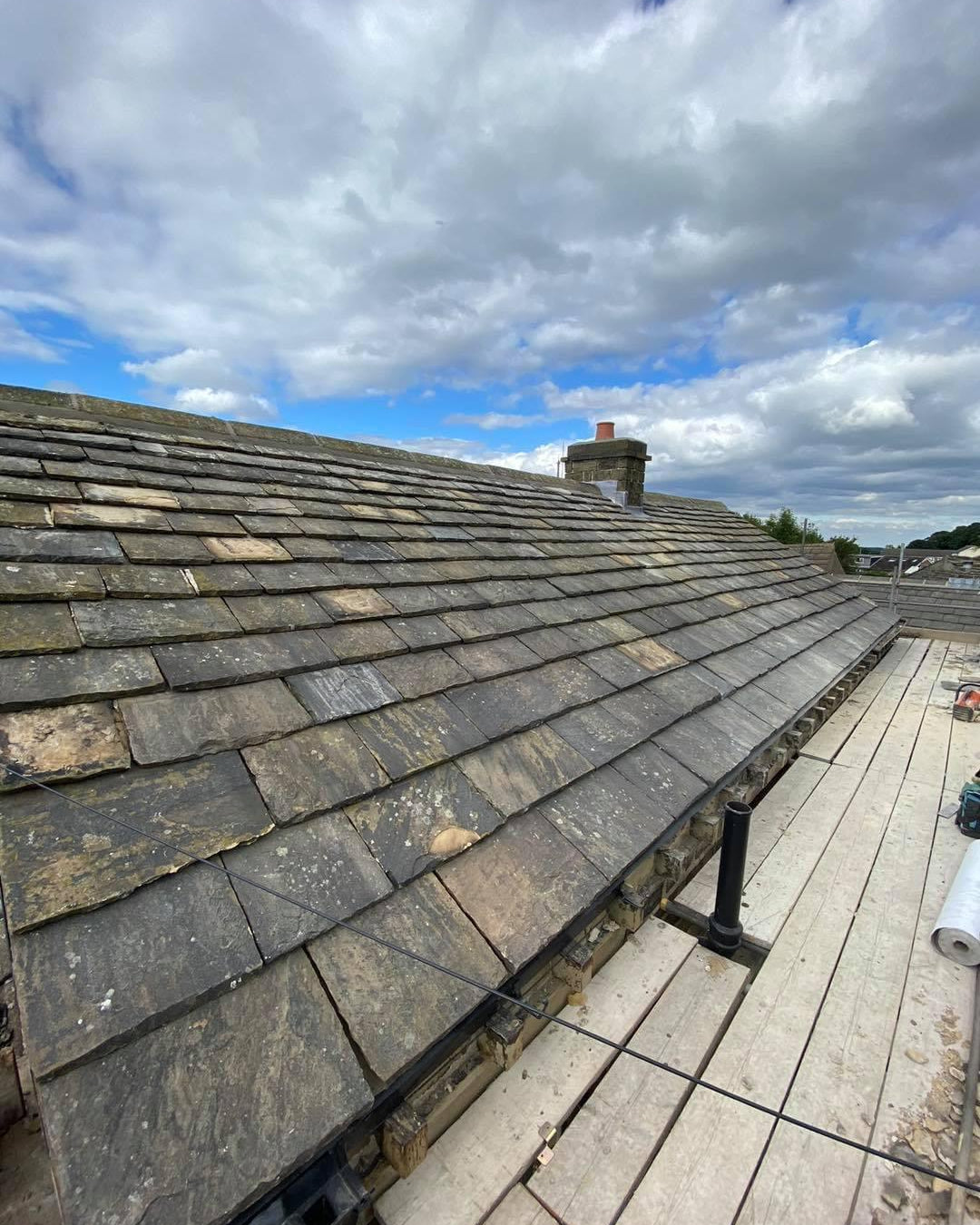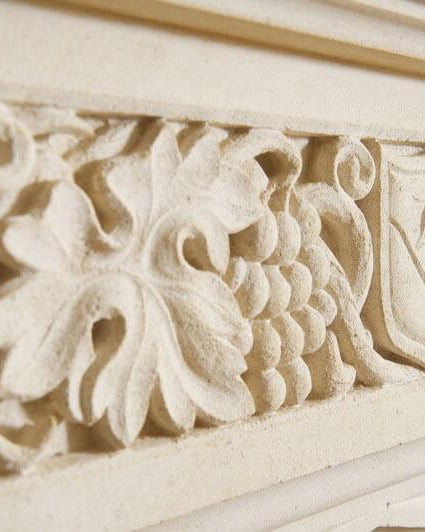Environmental Benefits of Reclaimed Stone in Sustainable Construction
Reclaimed stone is more than just a nod to tradition — it’s a powerful, low-carbon material that supports the urgent move toward more sustainable construction. Whether used for paving, walling, setts, or kerbs, reclaimed stone offers tangible environmental advantages that make it one of the greenest building materials available.
This article explores the core environmental benefits of reclaimed stone, including its role in waste reduction, embodied carbon savings, circular economy principles, and long-term durability. If you’re working on a restoration project, a landscape redesign, or a new eco-conscious build, reclaimed stone could be the smartest environmental choice you make.
Lowering Embodied Carbon Through Reuse
Embodied carbon — the carbon footprint of producing and transporting materials — is one of the biggest contributors to construction-related emissions. Traditional quarrying and processing of new stone is energy-intensive and generates significant CO2 through extraction, cutting, finishing, and haulage.
Reclaimed stone avoids these emissions. It’s already been quarried and shaped, meaning the only carbon footprint involved comes from careful salvage, cleaning, and transport. For projects aiming to reduce lifecycle emissions or meet ambitious net zero targets, using reclaimed stone can reduce embodied carbon by up to 90% compared to newly quarried alternatives.
Waste Reduction and Landfill Diversion
Every year, thousands of tonnes of usable stone are discarded during demolition projects. Reclaiming this stone prevents valuable material from ending up in landfill — an increasingly important goal for environmentally conscious developments.
Using reclaimed stone helps meet sustainability goals by:
-
Diverting demolition waste from landfill
-
Reducing demand for virgin material extraction
-
Minimising site waste during installation (stone is pre-cut and often batch-matched)
These benefits align closely with the Waste (WST01) and Materials (MAT01) categories in BREEAM certification. For a deeper dive into this, read our blog on How Reclaimed Stone Helps Achieve BREEAM Certification.
Durability That Spans Generations
Stone is one of the most durable materials available. Reclaimed Yorkstone, granite, and limestone have often already stood the test of time — sometimes for over a century. Their long lifespan means they can be reused again and again without degradation, providing lasting performance with minimal maintenance.
This long service life extends the environmental benefits of reclaimed stone over multiple building cycles, reducing the need for replacement materials and ongoing resource use.
Supporting the Circular Economy
Reclaimed stone is a textbook example of the circular economy in action. Rather than extracting raw materials for single-use applications, reclaimed stone keeps existing resources in use for as long as possible.
Circular economy principles are increasingly being adopted across the construction industry to support net zero targets and reduce environmental degradation. Reclaimed materials also help contribute to a project’s ESG (Environmental, Social, Governance) commitments. See our article on How Reclaimed Bricks Can Boost a Project’s ESG Performance.
No Harmful Chemicals or VOCs
Reclaimed natural stone contains no synthetic additives, treatments, or volatile organic compounds (VOCs). Unlike some manufactured paving or cladding alternatives, it doesn’t leach toxins or break down into harmful micro-materials over time.
This makes it an ideal material for:
-
Sustainable public realm schemes
-
Safe school landscaping
-
Domestic gardens and patios
Local Sourcing Reduces Transport Emissions
At Britannia Stone, we source most of our reclaimed stone directly from UK demolitions and surplus sites. This means lower transport emissions than imported stone, especially when used for regional projects in the North of England, Midlands, or Greater London.
Using locally sourced reclaimed stone reduces the carbon footprint of your project and supports the regional economy.
Aesthetic and Heritage Value
Aside from its environmental credentials, reclaimed stone offers rich visual character. From the patina of old Yorkstone paving to the timeworn edges of granite kerbs, these materials add charm and authenticity that new stone simply can’t replicate.
This is especially valuable for:
-
Conservation area projects
-
Listed building refurbishments
-
Rural and traditional landscape schemes
In fact, many local planning authorities prefer reclaimed materials in heritage-sensitive developments.
Real-World Applications
Reclaimed stone is used in a wide range of environmental and design-led applications:
All of these product types contribute to a project’s sustainability goals without compromising on durability or style.
Conclusion: Choose Reclaimed for a Low-Impact Build
Reclaimed stone is one of the most environmentally responsible materials you can use in construction and landscaping. From dramatic carbon savings to landfill diversion and unmatched durability, it delivers serious sustainability advantages with no compromise on quality.
Whether you're working toward BREEAM certification, delivering on ESG goals, or simply aiming for a greener build — reclaimed stone helps you get there.
Explore Further:
-
Read: How Reclaimed Stone Helps Achieve BREEAM Certification
-
Discover: How Reclaimed Bricks Can Boost a Project’s ESG Performance







